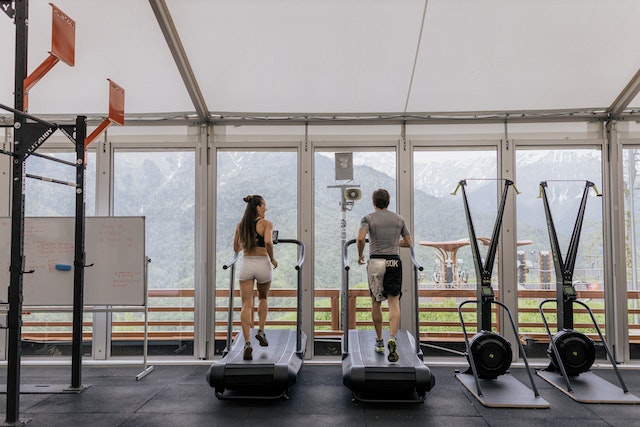Are you searching for the best treadmills that suit your fitness needs? Look no further! In this ultimate treadmill buying guide, you’ll go through everything you need to know to make an informed decision.
4 Ws to Ask When Buying Treadmills
When you buy a treadmill, it’s like making a big investment. So, be sure to do your homework before you buy one. Here are four questions you need to ask before making that purchase:

1) Who Is The Treadmill For?
When diving into the world of treadmill shopping, it’s essential to consider who will be using it. Is it for you, your family, or a specific individual? Knowing the primary user helps determine the features and specifications needed to meet their fitness goals.
If you’re a marathon enthusiast, you need to prioritize a treadmill with a spacious deck accommodating your full running stride. On the other hand, those planning for walking exercises may lean towards more compact versions. Similarly, selecting a treadmill with a robust motor capable of enduring several hours is essential for households with multiple users.
2) What Are The Parts To Consider?
Once you’ve established who will use the treadmill, you must know its parts. Knowing its bits and pieces will help you narrow your search and perfectly match the equipment to those who will use it. Below are some of the crucial components to check out before buying one:
Weight Capacity
The first component you need to examine is the treadmill’s weight capacity. Ensure that it can support the weight of the intended users comfortably. Most treadmills specify their weight limits, so check this important detail.
It’s wise not to exceed it, even if you intend to lose weight. When running, each step can exert twice your body weight’s impact on the treadmill, which is a significant load. Staying within the weight limit is the safest approach.
Belt Size
The size of the treadmill belt matters, especially if you’re planning on running. A wider and longer belt provides more running space and reduces the risk of accidents. Also, consider a belt size that suits your stride and running style. You can use this guide for a better fit:
- Running treadmill belts typically measure 20 inches in width and 60 inches in length.
- Walking treadmill belts vary in width, ranging from 17.5 inches to 20 inches. The length of this kind usually falls between 45 and 60 inches.
- Oversized treadmill belts are typically 22 inches wide and extend beyond 60 inches in length.
Motor
The treadmill’s motor is its powerhouse. Treadmill motors vary in size: 2.5 HP or less, 2.5-3.5 HP, 3.5-4.5 HP, and over 4.5 HP. Opt for a treadmill with a reliable motor that matches your intended usage. Consider 4.5 HP or higher if you intend to engage in strenuous exercise to be able to handle the strain. But 2.5-3.5 HP motors are among the best treadmills for versatile workouts.
3) Where Will You Put The Treadmill?
Space is a crucial consideration. Measure the area where you place your treadmill to ensure it fits comfortably. Ensure you have extra room around it for movement and sufficient ceiling height for running.
Since many treadmills can incline, measure the highest incline setting’s deck height and add it to the tallest user’s height. After that, add a few inches to account for some “bounce” while running.
4) When Will You Use The Treadmill?
Determining when you’ll use the treadmill helps in selecting the right features. If you prefer early morning or late-night workouts, consider treadmills with quiet motors and integrated entertainment options to keep you motivated.
Unlocking a Healthier Tomorrow
Choosing the right treadmill requires careful consideration and asking the right questions. By knowing the right answers, you’ll be well on your way to finding the perfect fitness companion.



